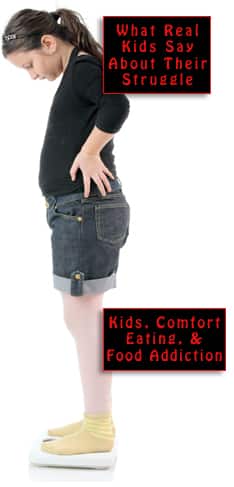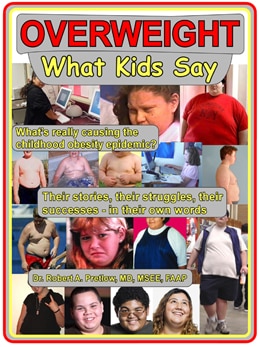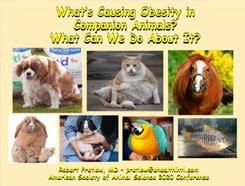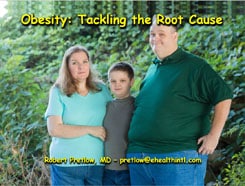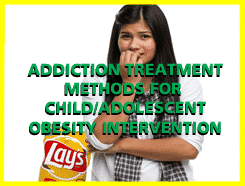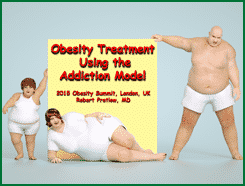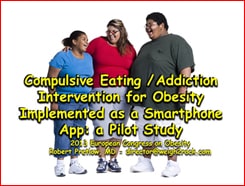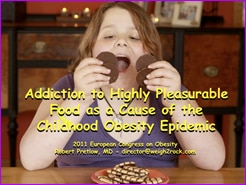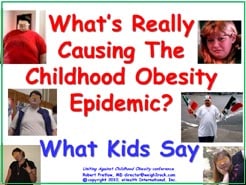A Bit More About Hyper-Processed Food

In the realm of hyper-processed or ultra-processed foods, the writings of registered dietitian Anne-Marie Stelluti seem particularly apropos. She owns Modern Gut Health, described as a private practice with a special focus on digestive health nutrition.
As anyone who has seen an unnecessarily realistic war movie can attest, each adult human has at least 20 linear feet of intestines curled up inside. There is plenty of room in there for all kinds of hijinks., and as time goes by, the importance of what goes on in the digestive system becomes increasingly evident.
Under the NOVA classification system, salt, sugar, oils and fats have been normalized as food additives. But then, there are…
[…] substances not used in culinary preparations, in particular flavours, colours sweeteners, emulsifiers, and other additives used to imitate sensorial qualities of unprocessed or minimally processed foods and their culinary preparations or to disguise undesirable qualities of the final product.
We have to ask ourselves, why would they want to do that? Preservatives are probably the most morally justifiable additives. They can be looked at as miraculous substances that prevent starvation by extending the food supply’s availability, and also prevent sickness because the foods they are added to remain, technically, fresh. Food laced with preservatives can also be looked at as disgusting zombified matter, which in nature would have been dead a long time ago, yet somehow remains viable.
For commercial reasons, health reasons, aesthetic reasons, and more, preservatives are here to stay. Another category seems to be composed of ingredients whose addition to the recipe could be called arbitrary. Whether the effect is intentional or not, several additives can tend to increase the addictive lure of some foods.
Big trouble
The acceptability line may shift, or vary among different consumers, but there is at any given time an approved amount of food tampering, as well as a point where at least some customers start talking about court actions, legislation, boycotts, and other remedies.
But what about health issues where processing is not to blame? Some basic problems are caused by food. Plenty of edible substances cause internal disturbance to some people. Stelluti writes that hyper-processed foods are “addictive, nutritionally void, and contain pro-inflammatory ingredients…”:
I recommend avoiding pro-inflammatory foods to my clients, especially for those with inflammatory conditions such as inflammatory bowel disease (IBD) and obesity, or digestive health conditions like irritable bowel syndrome (IBS) and diverticular disease.
This is where things get really complicated. Probably about one American in five has some form of intestinal disorder that is capable of being alleviated. What if a person decides to clean up their diet, avoid hyper-processed foods, and eat as much fresh stuff as possible — but what if that person also needs to avoid foods that will trigger IBS?
To obscure matters further, the IBS avoidance strategy is not exactly the same for everyone. As always, individual differences can and do occur, and to figure it out requires some experimentation and record-keeping. But for the person who is beginning to suspect IBS, some of the “don’ts” are shocking. No cauliflower? No broccoli? Are you kidding? Broccoli is the ultimate go-to cliché that represents a healthful vegetable. No kidney beans or avocado? No peaches? No apples? Really?
To arrive at understanding that what you eat affects everything, a LOT, is one of the cruelest of life’s lessons. Remember Dr. Chris van Tulleken, who charted the horrible physical and mental results of an intensely processed diet? He said,
My concern is that children’s brains are still developing and they’re much more malleable than mine, which means the changes are likely to be even greater.
Your responses and feedback are welcome!
Source: “Everything in moderation? Focusing on ultra-processed foods,” BadGut.org, undated
Source: “Here’s What Happens When You Eat Mostly Ultra-Processed Foods For A Month,” IFLScience.com, October 2021
Image by Paul Narvaez/CC BY 2.0










 FAQs and Media Requests:
FAQs and Media Requests: 